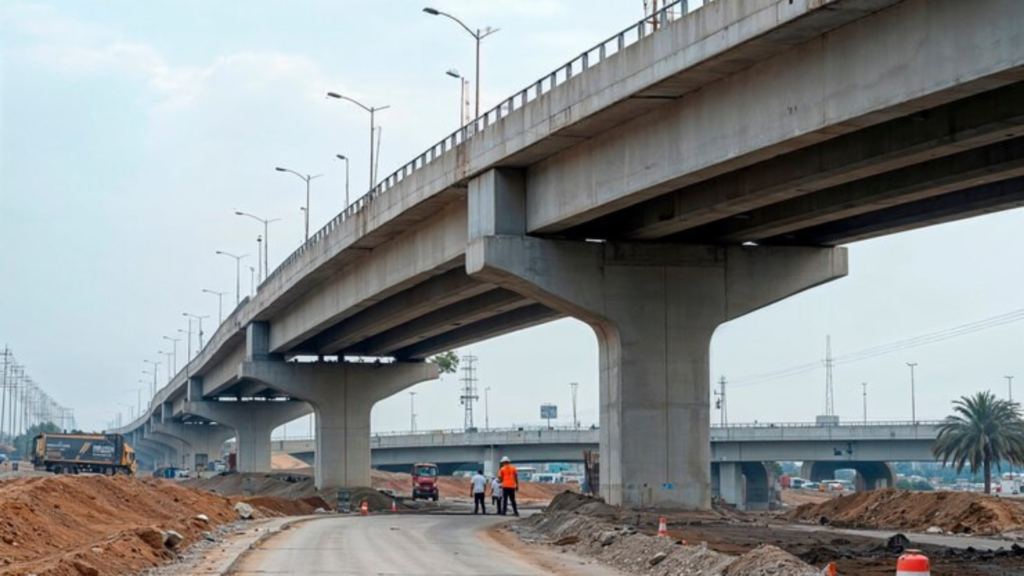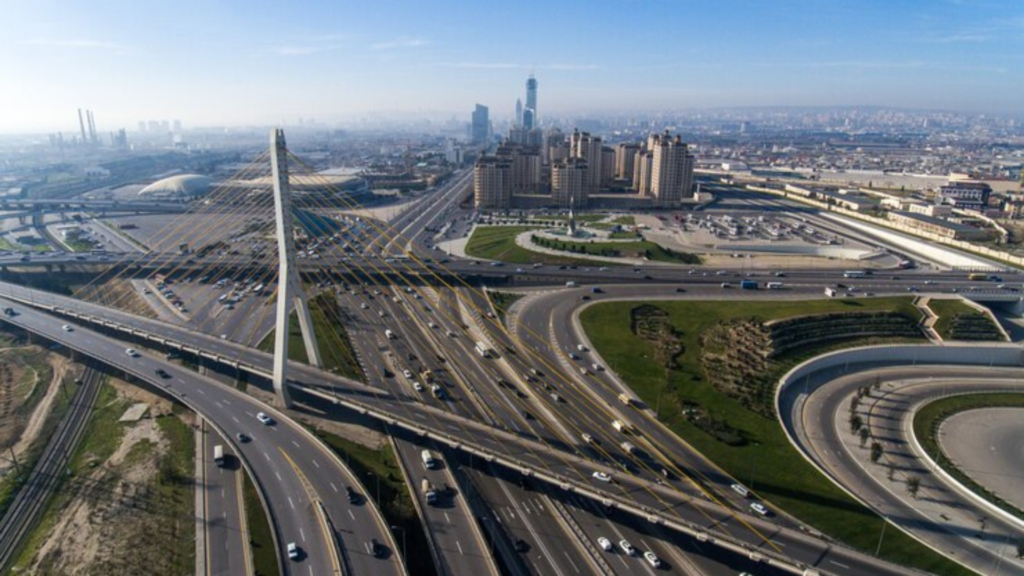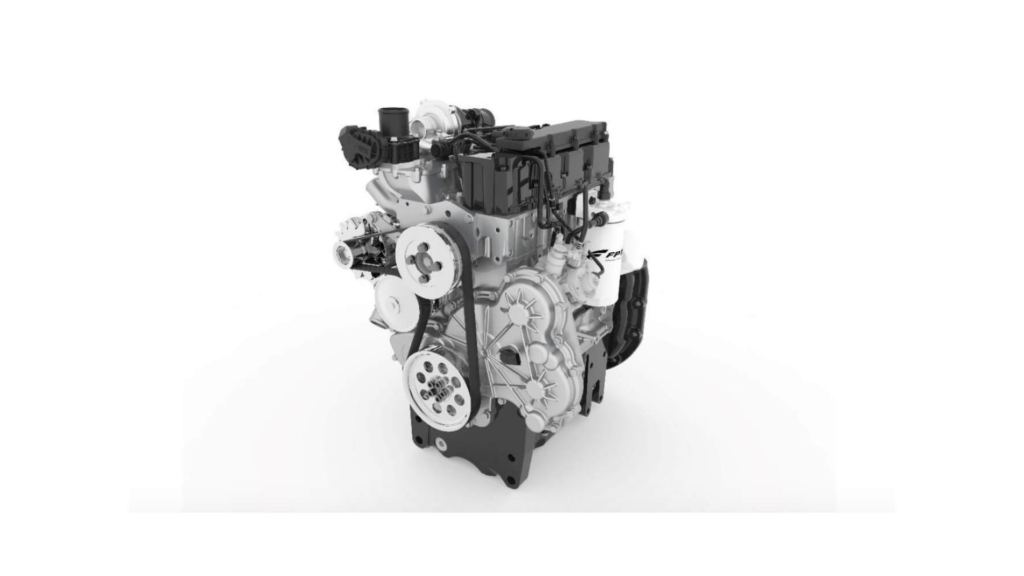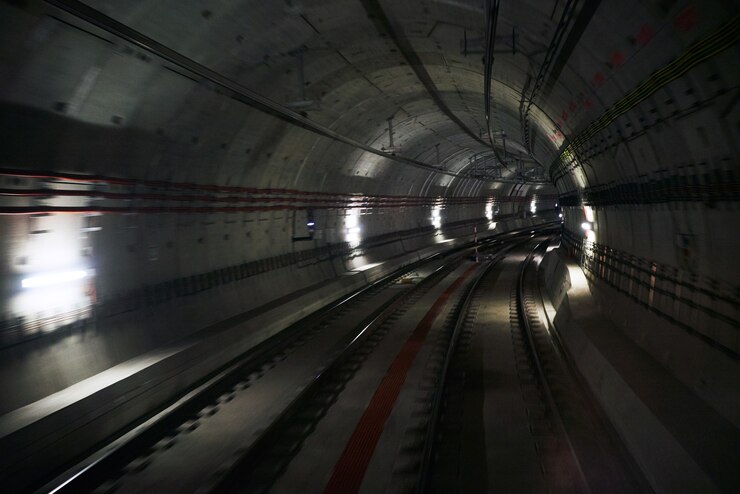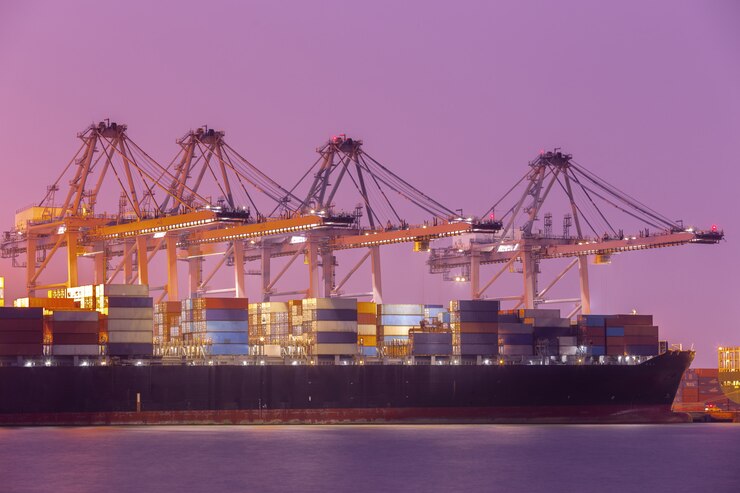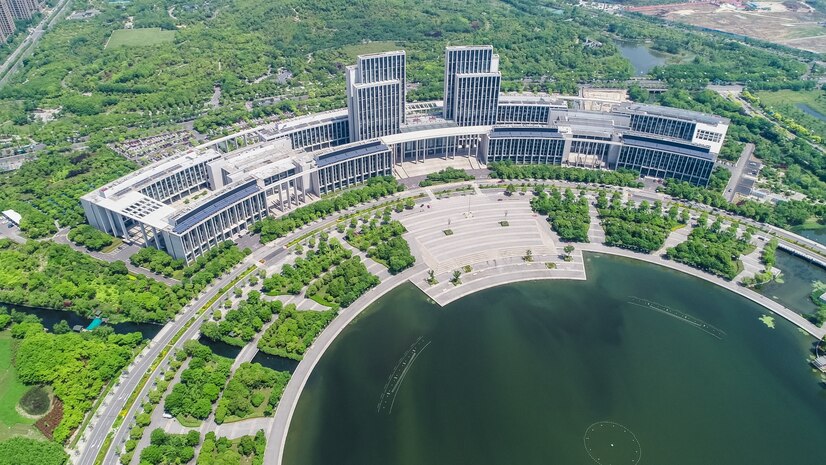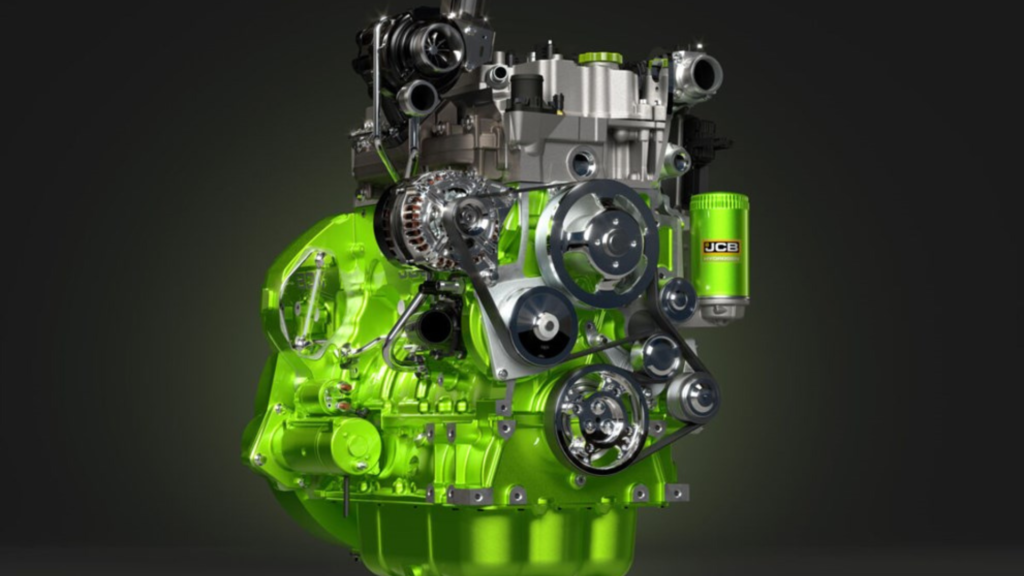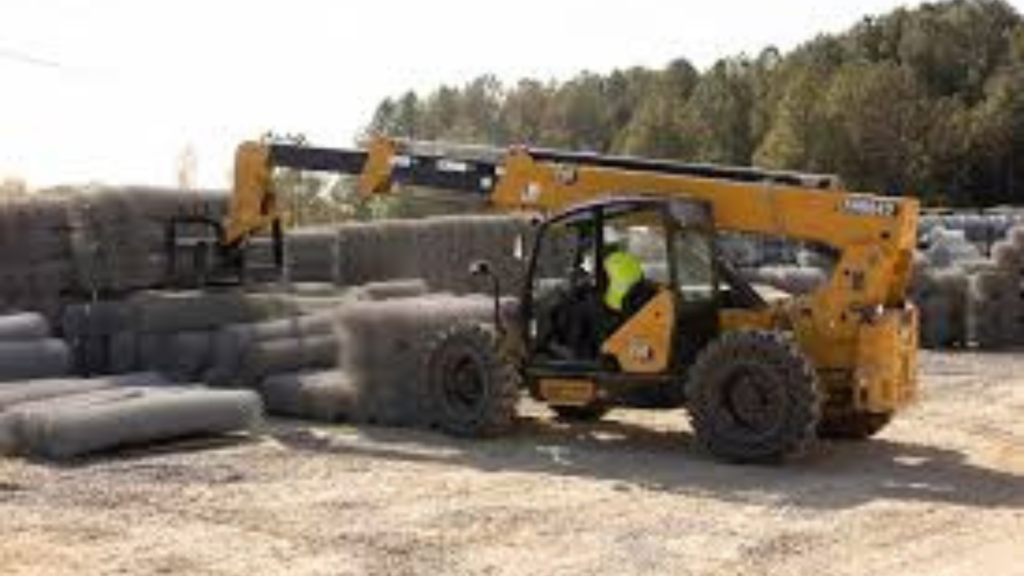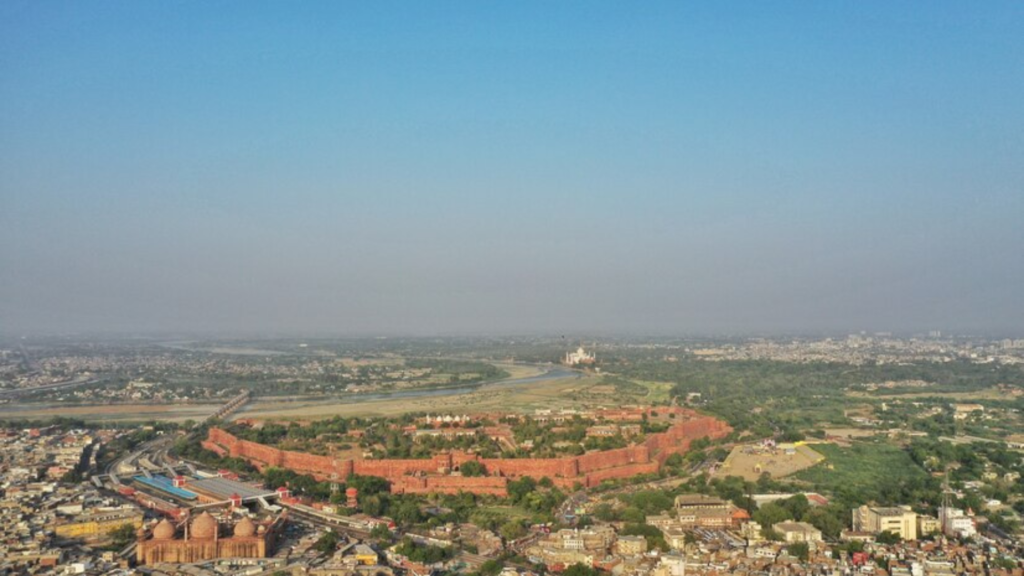48 – Km Indore – Ujjain Road: Boosting Infrastructure for Simhastha Kumbh Mela 2028
Highway Infrastructure is transforming the new Bharat. Several new connectivity and new routes are reducing the transit time, easing the road traffic congestion and bringing new opportunities. Madhaya Pradesh state of India is preparing for 2028 Simhastha Kumbh Mela and in the midst they are witnessing transformative infrastructure with the development of 48 Km Indore Ujjain Greenfield Road. The project is designed in such a way that it can improve connectivity, reduce traffic congestion and support the expected influx of 10 Crore Pilgrims in Simhastha Kumbh Mela. Lets deep dive into how this infrastructure marvel will align with broader initiatives to position Ujjain and Indore as hubs of sustainable growth. Strategic Infrastructure Development for Simhastha 2028 Government of Madhya Pradesh has announced the construction of a new 48 Km highway infrastructure which will connect Hatod (Indore) to Simhastha bypass, Ujjain. Current Indore – Ujjain highway is an old route which spans from LuvKush Chauraha of Indore to Ujjain which increases traffic congestion. The new Rupees 1370 Crore Greenfield Road project will serve as a significant alternative route between Indore and Ujjain, Which will bypass the current Indore – Ujjain Highway. Total length will be 48 Km and this project will be managed by Madhya Pradesh Road Development Corporation (MPRDC). This highway will pass through 29 villages, 20 districts of Indore and 9 districts of Ujjain. This project will also allow for rural and real estate growth development in these areas. Initiative is a part of a larger 2,312 crore infrastructure package which will also include 19.8 Km Ujjain Bypass (700 crores) and upgrades will happen to Indore – Depalpur (239 crores). A Detailed Project Report is being prepared and submitted for government approval. This highway infrastructure will require almost 350 hectares of land for 4 lane highway. Key Features of the 48 Km Greenfield Road Enhanced connectivity The new route will connect Pitru Parvat Hatod, Indore to Simhastha Bypass Ujjain which will also integrate with Indore – Ahmedabad highway. This streamline connection will improve transit time for the pilgrims from Mumbai, Ahmedabad, Gujarat etc. Six – lane Expansion of Existing Highway With the new Greenfield project, the existing Indore – Ujjain highway will upgrade to 6 lanes. Work has started from Aurobindo Hospital (Indore) to Harifatak Chouraha Ujjain. This will also include development of underpasses, flyovers and service roads to ease the traffic flow. Unlike the Greenfield project this highway expansion will not require any new land acquisition. Instead MPRDC is clearing encroachments along the route, with 50% being already removed. Synergy with Metro, Rail and Religious Infrastructure These road infrastructure projects will complement other critical infrastructure initiatives: Metro and Rapid Rail: 2 metro rail corridors are under development which will connect Indore to Ujjain and another will connect Indore to Pithampur. Railway Modernization: These upgrades in rail corridors is to handle the long distance pilgrim traffic. Spiritual Infrastructure: Development of ashrams, ghats and establishment of many temples near Mahakaleshwar Temple to have a good spiritual experience. Timeline and Challenges Madhya Pradesh has a goal to complete both the road projects by December 2026 which is two years ahead of Simastha Kumbh 2028. Challenges may include traffic disruptions and secure approvals for land acquisition. Conclusion: A Legacy Beyond 2028 The new 48 Km Indore – Ujjain Road is more than a pilgrimage infrastructure project – it is a recipe for future regional development. By connecting seamless transportation networks with sustainable practices, Madhya Pradesh is setting a blueprint for future mega events. As District Magistrate Asheesh Sigh said “” This infrastructure will benefit pilgrims of today and generations tomorrow.”” Know more about us and contact us for our services and more. Sources – Free Press Journal
48 – Km Indore – Ujjain Road: Boosting Infrastructure for Simhastha Kumbh Mela 2028 Read More »
